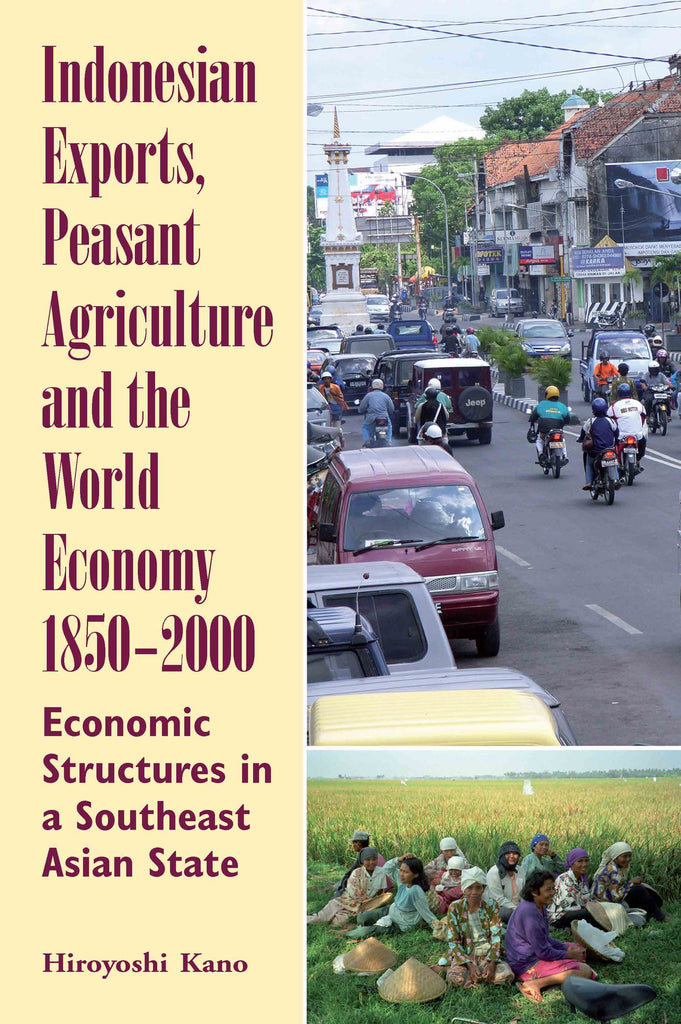Indonesian Exports, Peasant Agriculture and the World Economy, 1850-2000: Economic Structures in a Southeast Asian State
$25.00 SGD
An "Indonesian economy" first took shape in the latter part of the nineteenth century, consisting of a dominant export industry supported by a rural agrarian sphere. The agricultural sector provided food and labour to the export sector, which was firmly embedded in the world economy. This economic pattern survived several shifts of the leading export industry and persisted even after Indonesia became independent in the mid-20th century.
Hiroyoshi Kano uses international trade statistics to analyze three key elements in the Indonesian economy: the balance of international payments and trade, the transformation undergone by leading export industries, and the way in which the agricultural sector supplied land, labour and food. Dividing the 150-year time span covered by the book into four periods based on the prevailing major export industries, he identifies key actors and analyzes long-term changes in agricultural production and rural society, and how they shaped the national economy.
Hiroyoshi KANO is Professor, Institute of Oriental Culture at The University of Tokyo, Japan. A specialist on Indonesia, Professor Kano has published widely in Japanese and Indonesian on topics related to economic developments in modern Indonesia with a particular emphasis on land and agrarian change.
[A translation of “Gendai Indoneshia Keizaishi-Ron: Yushutsu Keizai to Nôgyô Mondai” (The University of Tokyo Press, 2004).]
Publication Year: 2008
448 pages, 229mm x 153mm
ISBN: 978-9971-69-401-2, Paperback
ISBN: 978-9971-69-432-6, Hardback
NUS Press

